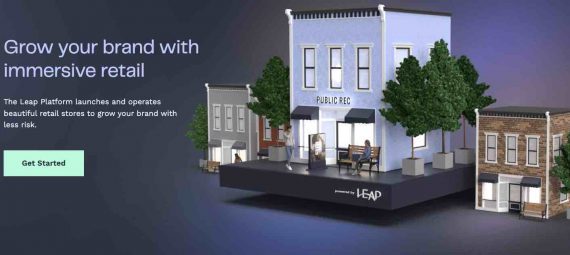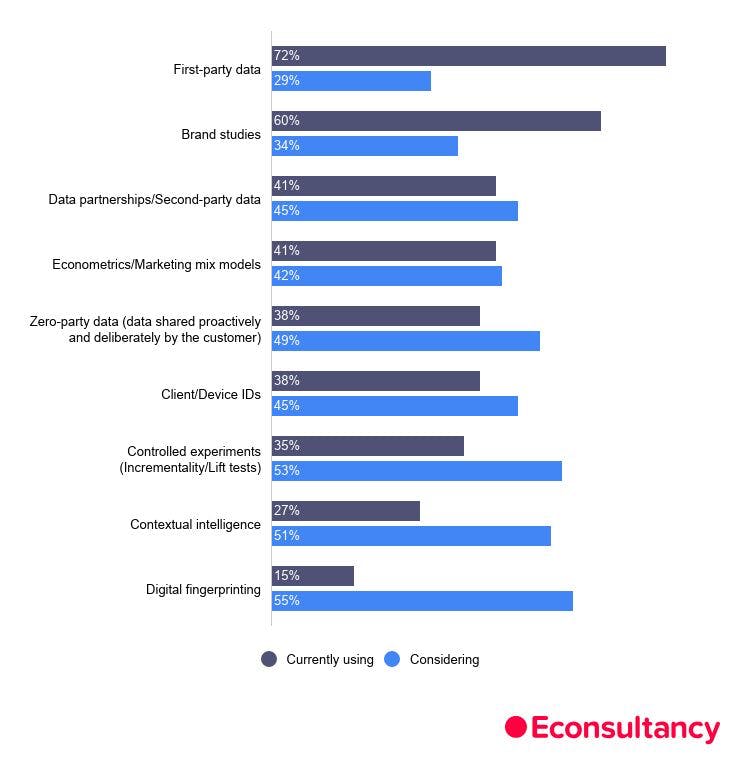An example of a Shopify-like approach to in-store retailing is Leap Services. The company was founded in 2018 to help digital-first brands open physical stores, providing the real estate, fixtures, store manager, and other employees to get up and running.
Lessons learned from digital commerce and the software-as-a-service business model could be just the thing to transform the long-running retail apocalypse into a renaissance.
Before those platforms were available and feasible, serious ecommerce companies faced a myriad of technical challenges, such as maintaining web servers, collecting payments, protecting data, integrations — you name it.
Amazon recognized that it had operational expertise in server management and used it to start a new cloud-computing business.
Shopify for Brick-and-mortar
The rise of digital-first retail brands has been fascinating. At a time when many legacy retailers are struggling, these young brands have found success by leveraging technology in new and innovative ways.
Leap Services’ home page leads with “Grow your brand with immersive retail.”
The digital-first brand is responsible for those activities that make it unique, such as product, merchandising, and advertising, among other differentiators.
So why can’t brick-and-mortar retail do this, too?
A Retail Platform
Could it be that store closures, ecommerce growth, and various other factors are indications of a forthcoming retail renaissance, a retooling and repositioning thanks to digital commerce?
Retailers with operational expertise could do something similar. What if Walmart borrowed Leap’s business model and infused everything it knows about location selection, supply chain, and store operations into a service that digital brands could use to spin up brick-and-mortar stores?
This sort of data might better inform Leap clients about where to place a store, how to merchandise it, and even what products it should add.

During an interview on the “Unpacking the Digital Shelf” podcast, Leap Co-founder Amish Tolia said that his company was aggregating sales data from several of its client brands and hoped to use that data to provide retail insights.
Plenty of successful regional retailers beyond Walmart could offer this service and give digital brands a hand in physical retailing.
Amazoning Retail Operations
Those early struggles are now history. Digitally native brands worry little about the foundational technology. They focus on product, merchandising, and branding while selling on Amazon’s marketplace or via a Shopify storefront or similar. They worry about the things that differentiate their businesses and let the ecommerce platform manage the operations.
As apocalypses go, the retail version is a slow burn, since at least 2010. During this time, various prognosticators have lamented again and again the end of brick-and-mortar retail. A combination of ecommerce, supply chain challenges, labor problems, and the pandemic has contributed to retail’s imminent destruction — so they say.

Leap will not likely be the only or last such venture.
Data Would Be Next
Moreover, a platform approach could lead to more data-driven decision-making in the brick-and-mortar retail context.
However, physical retail has not ended. In fact, those sales grew in August 2022 in the United States, according to the U.S. Census Bureau.
Consider the technology that has helped drive ecommerce growth — specifically SaaS ecommerce platforms such as Shopify.
Now they may be on the verge of leading a retail renaissance by retaining brick-and-mortar experts, much like working with Shopify.
Retail Renaissance
Amazon Web Services is a massive infrastructure and SaaS business. In the second quarter of 2022 alone, AWS generated .74 billion in revenue.
For instance, Leap might operate several stores in one area. Tolia described eight such shops clustered within a couple of blocks. Each store represents a different digital-first brand, but Leap runs them all and can see their customer and sales data.






